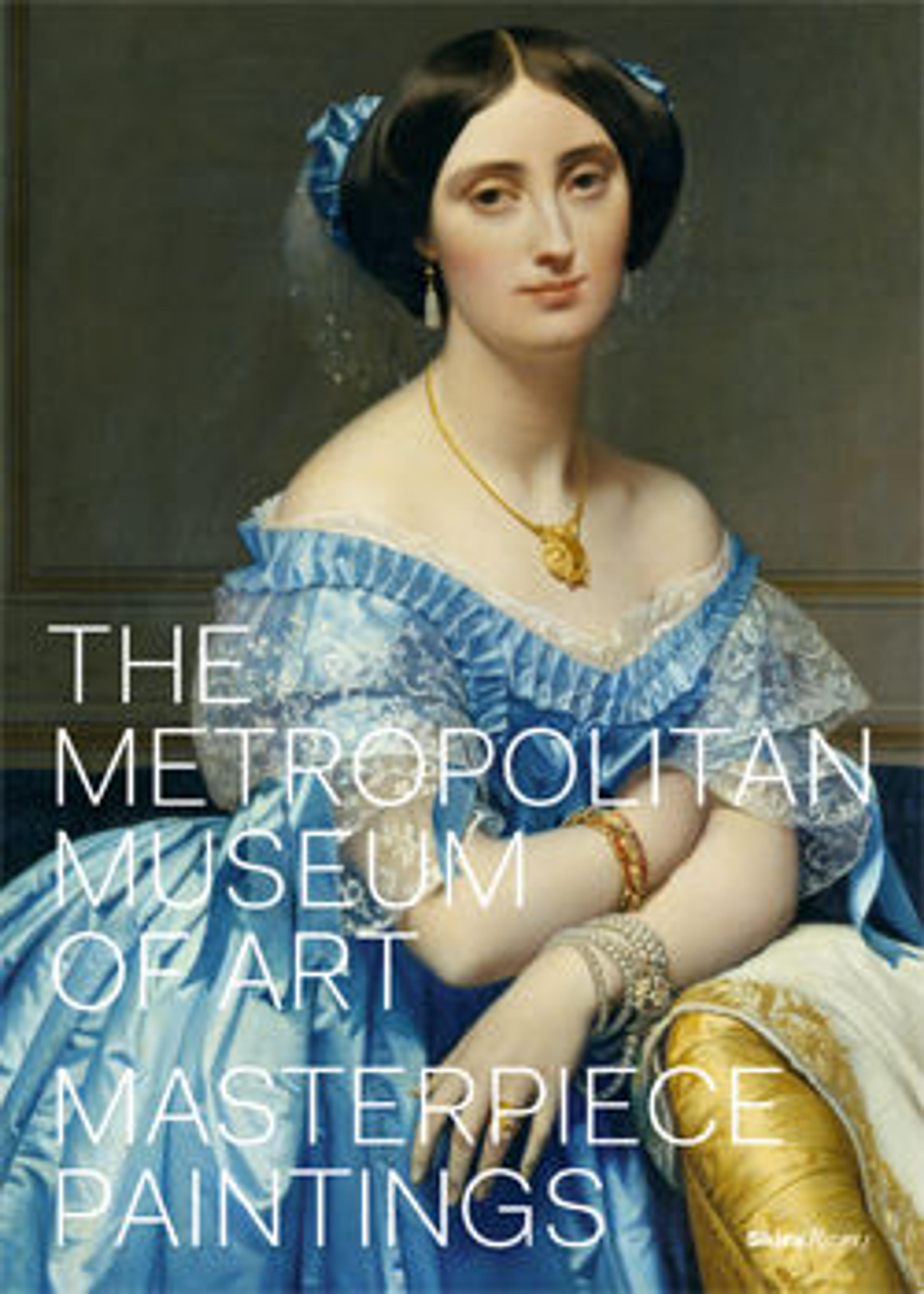Hagar in the Wilderness
This picture, shown at the Salon of 1835, is the earliest of four large, ambitious biblical paintings that Corot exhibited in the 1830s and 1840s. Like the Museum’s The Burning of Sodom, it illustrates the story of the family of Abraham. Because his wife, Sarah, was elderly and barren, Abraham fathered a son, Ishmael, with their servant, Hagar. Later, when Sarah bore her own son, Isaac, Hagar and Ishmael were driven away into the desert of Beersheba. For this painting, Corot chose the moment of their divine salvation.
The largely arid landscape is Corot’s invention, but is partially based on nature studies including the Museum’s Fontainebleau: Oak Trees at Bas-Bréau.
Artwork Details
- Title:Hagar in the Wilderness
- Artist:Camille Corot (French, Paris 1796–1875 Paris)
- Date:1835
- Medium:Oil on canvas
- Dimensions:71 x 106 1/2 in. (180.3 x 270.5 cm)
- Classification:Paintings
- Credit Line:Rogers Fund, 1938
- Object Number:38.64
- Curatorial Department: European Paintings
Audio
6066. Hagar in the Wilderness
0:00
0:00
We're sorry, the transcript for this audio track is not available at this time. Please email info@metmuseum.org to request a transcript for this track.
More Artwork
Research Resources
The Met provides unparalleled resources for research and welcomes an international community of students and scholars. The Met's Open Access API is where creators and researchers can connect to the The Met collection. Open Access data and public domain images are available for unrestricted commercial and noncommercial use without permission or fee.
To request images under copyright and other restrictions, please use this Image Request form.
Feedback
We continue to research and examine historical and cultural context for objects in The Met collection. If you have comments or questions about this object record, please contact us using the form below. The Museum looks forward to receiving your comments.
